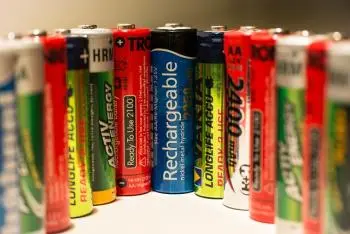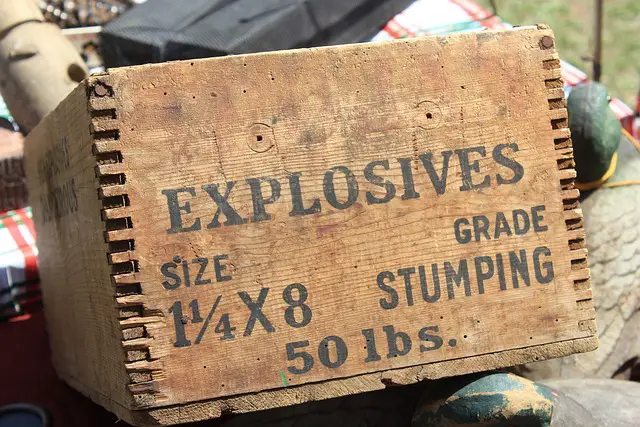
Chemical energy refers to the energy stored in chemical substances due to their chemical bonds. This energy can be released or absorbed during chemical reactions.
Here are some examples of chemical energy:
Fossil fuels
Fossil fuels are energy resources formed over millions of years from organic matter of plant and animal origin that accumulated underground. These fuels, such as oil, natural gas, and coal, contain large amounts of chemical energy stored in their molecular structures.
When they are mined and burned, they release this energy in the form of heat that can be used to generate electricity in thermal power plants.
However, fossil fuels are finite and non-renewable, in addition to contributing to the emission of greenhouse gases and climate change. Therefore, there is an increasing search to promote more sustainable and clean energy sources as alternatives to fossil fuels.
Batteries
Batteries are devices that store and release energy through chemical reactions. Inside, they contain one or several compartments called cells, where electrochemical reactions occur between different materials. These chemical reactions transform the chemical energy stored in the chemical compounds of the battery into usable electrical energy.
In a typical battery, there are two electrodes: an anode (negative electrode) and a cathode (positive electrode). In addition, there is an electrolyte that allows the flow of ions between the electrodes. During battery discharge, a chemical reaction occurs in which the atoms or ions at the anode and cathode interact, releasing electrons. These electrons flow through an external circuit, generating electrical current that can be used to power devices.
During battery charging, an external current is applied that forces the electrons to flow in the opposite direction. This reverses the chemical reactions, again storing the energy in the chemical compounds of the battery. This process can be repeated several times, allowing the batteries to be recharged and reused.
Food
Food contains organic molecules, such as carbohydrates, fats, and proteins, which, when metabolized by the body, release energy. These molecules are composed of chemical bonds that, when broken down during digestion and metabolism, release the chemical energy stored in them.
When consuming food, the body performs a process of decomposition and transformation of the molecules present in food through digestion. These molecules are broken down into simpler components, such as glucose, fatty acids, and amino acids, which can be used by cells for energy.
The chemical energy contained in food is used to perform various vital functions. This chemical energy is released as organic molecules break down and react with oxygen in a process known as cellular respiration.
Explosives
Explosives contain highly reactive chemical compounds that can undergo extremely rapid and violent exothermic chemical reactions when triggered by an appropriate stimulus, such as a spark or impact.
 Explosives are generally composed of a combination of chemicals, such as nitrates, nitrites, or peroxides, that contain highly energetic or unstable chemical bonds. These bonds contain a large amount of potential energy that can be released during a chemical reaction.
Explosives are generally composed of a combination of chemicals, such as nitrates, nitrites, or peroxides, that contain highly energetic or unstable chemical bonds. These bonds contain a large amount of potential energy that can be released during a chemical reaction.
When an explosive is activated, either by controlled detonation or accidental impact, the molecules of the chemical compounds rapidly break down and reorganize into new, more stable molecules, releasing a large amount of energy in the form of heat, light, and gases in expansion. This rapid release of energy is what produces the characteristic explosion of explosives.